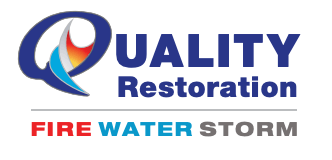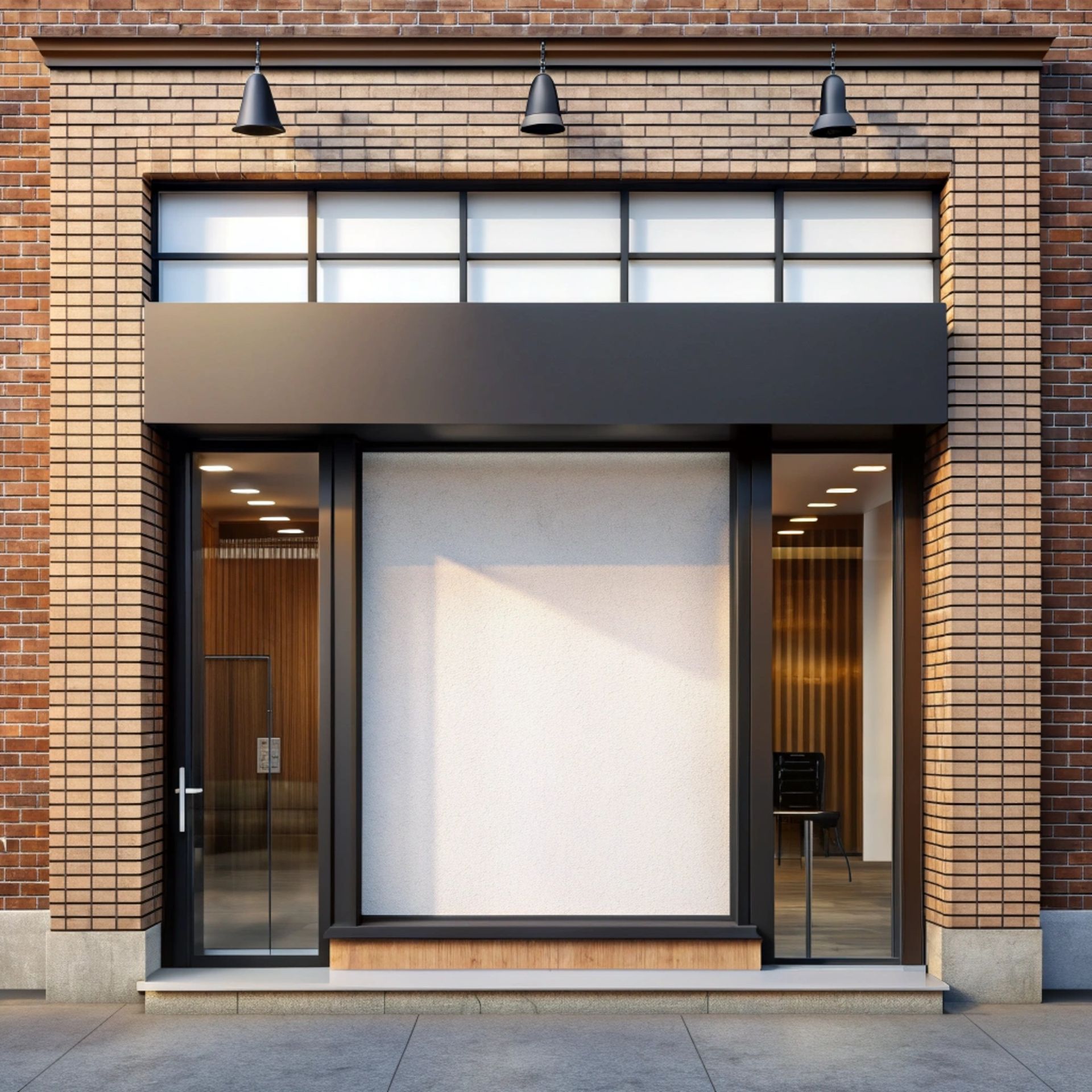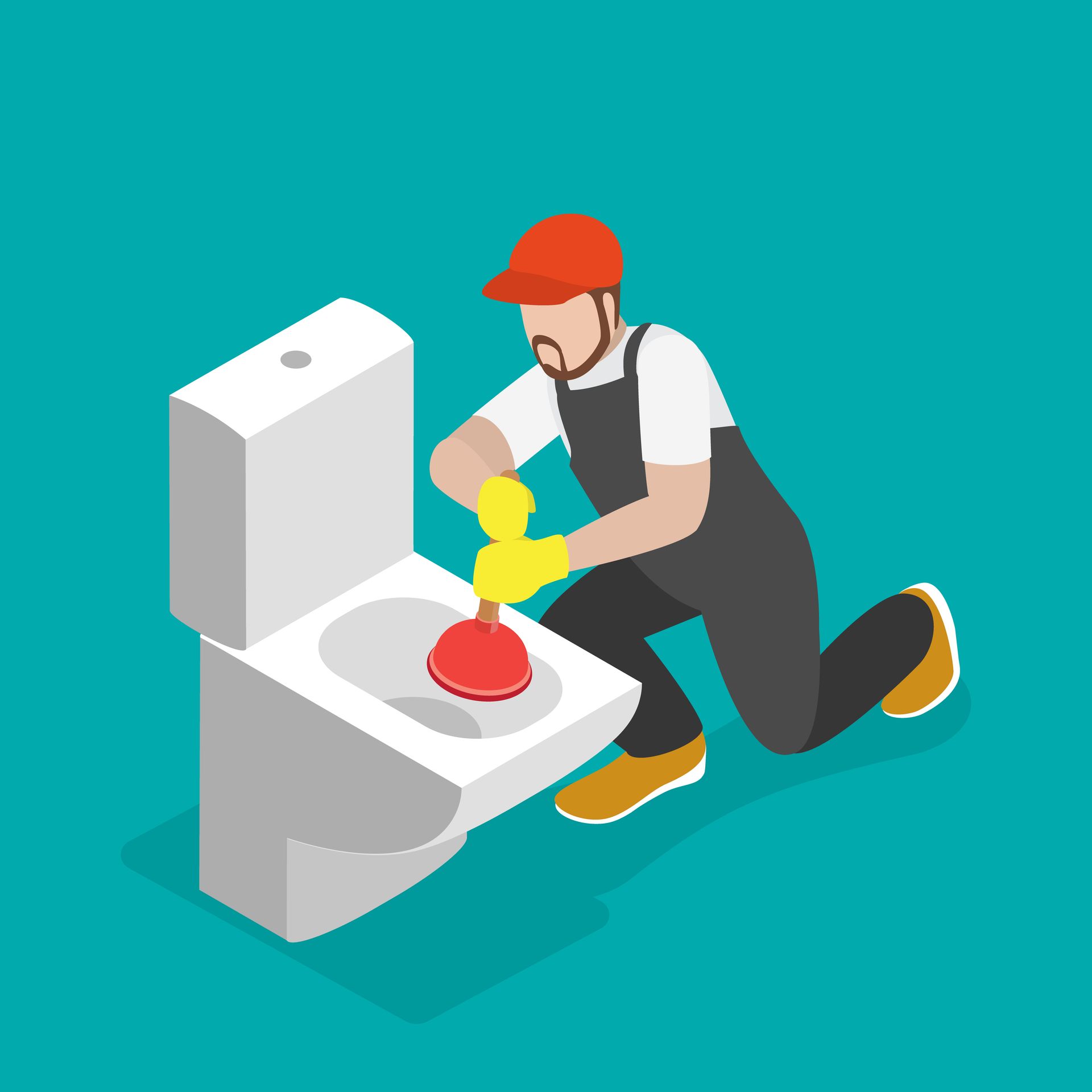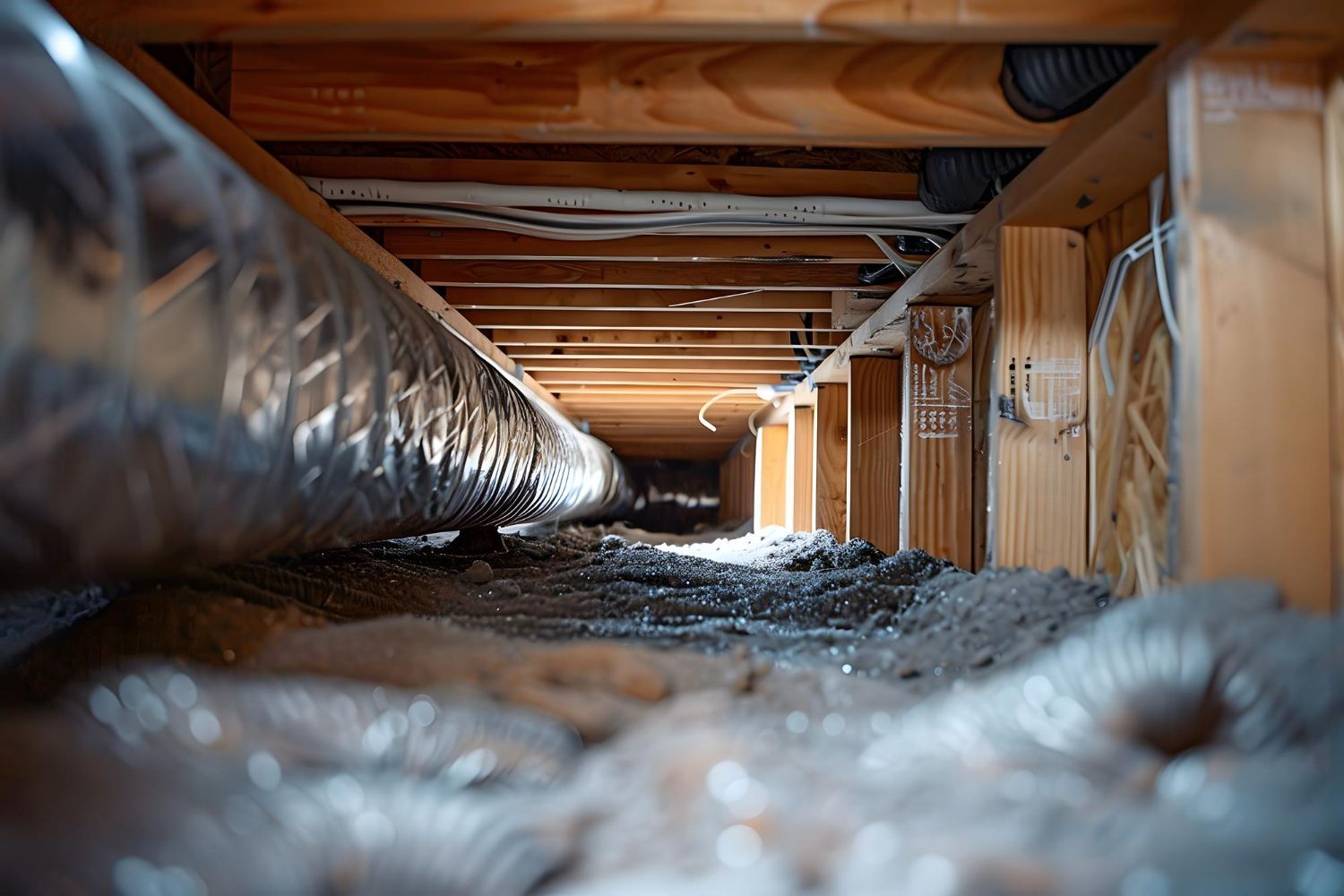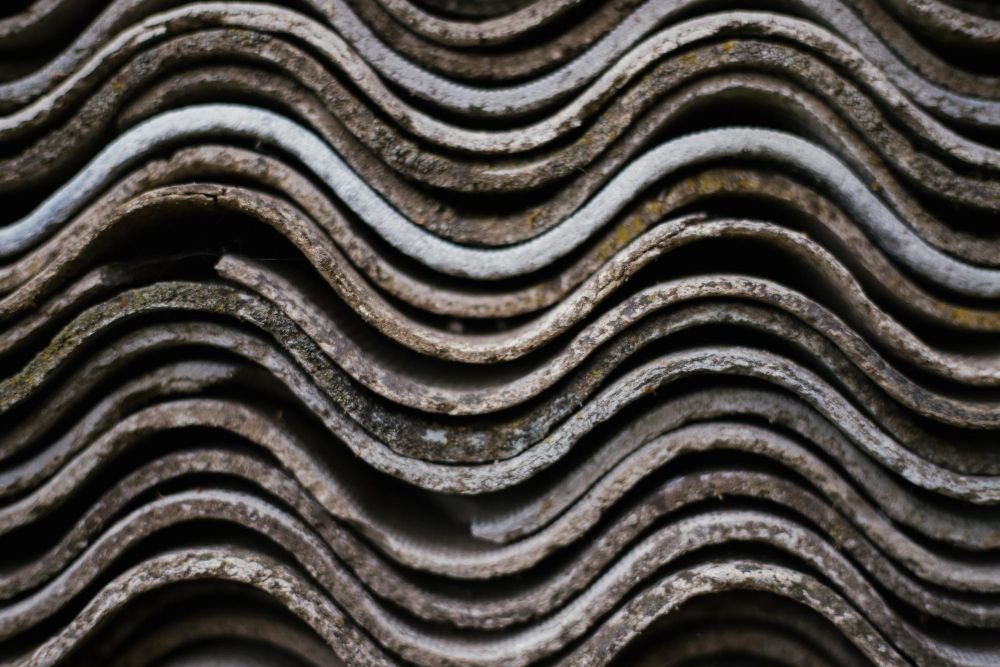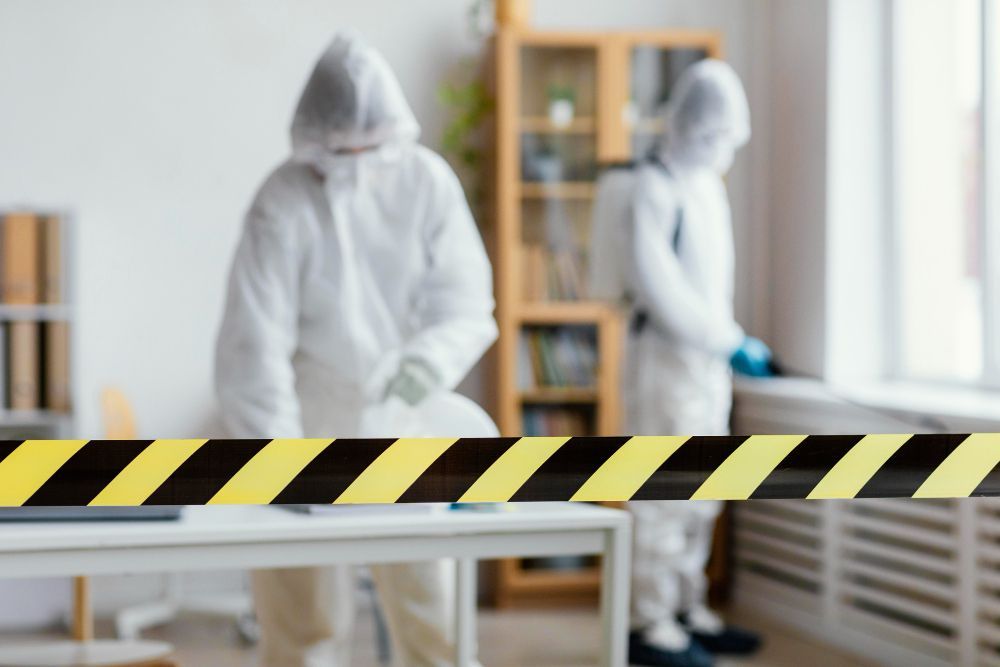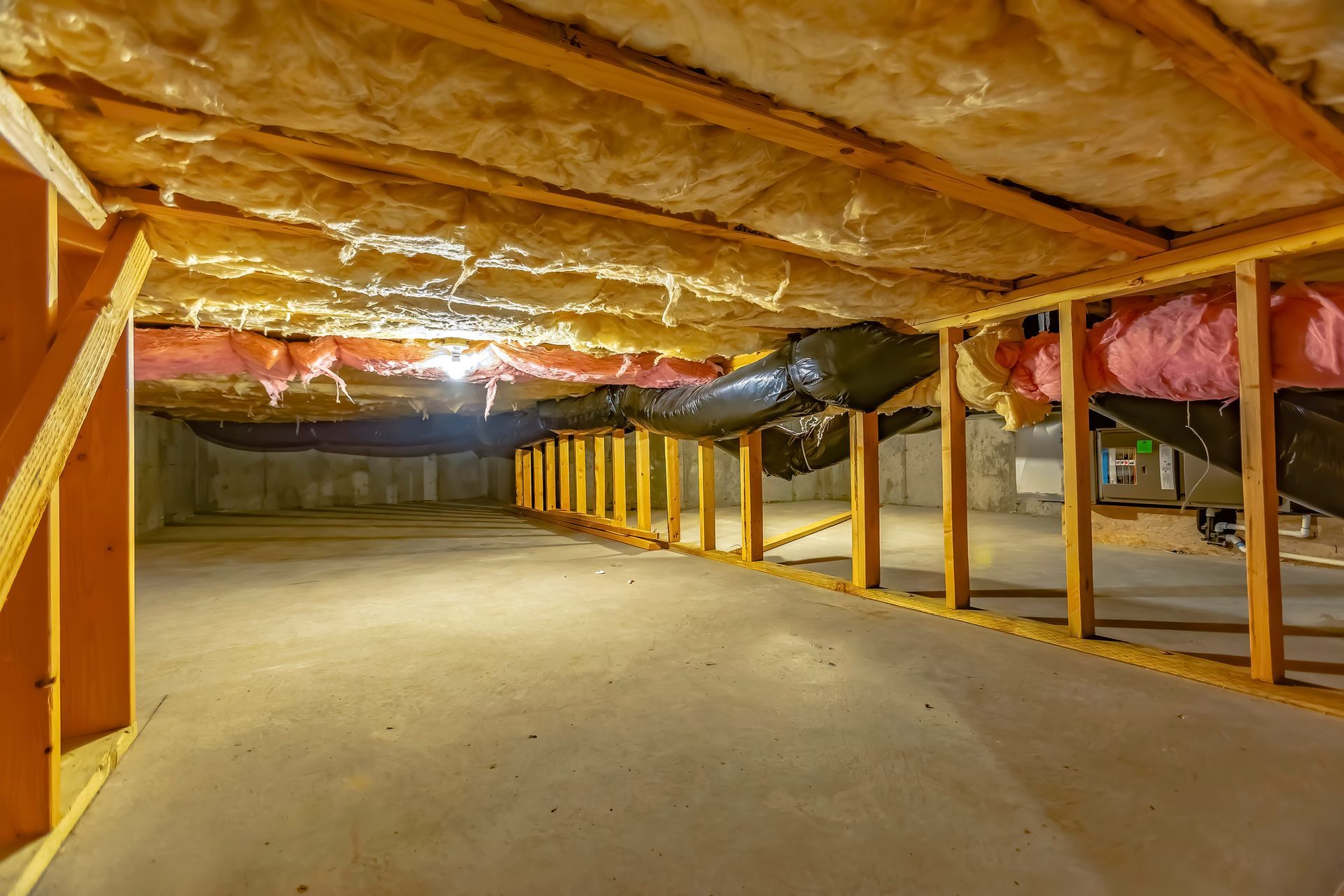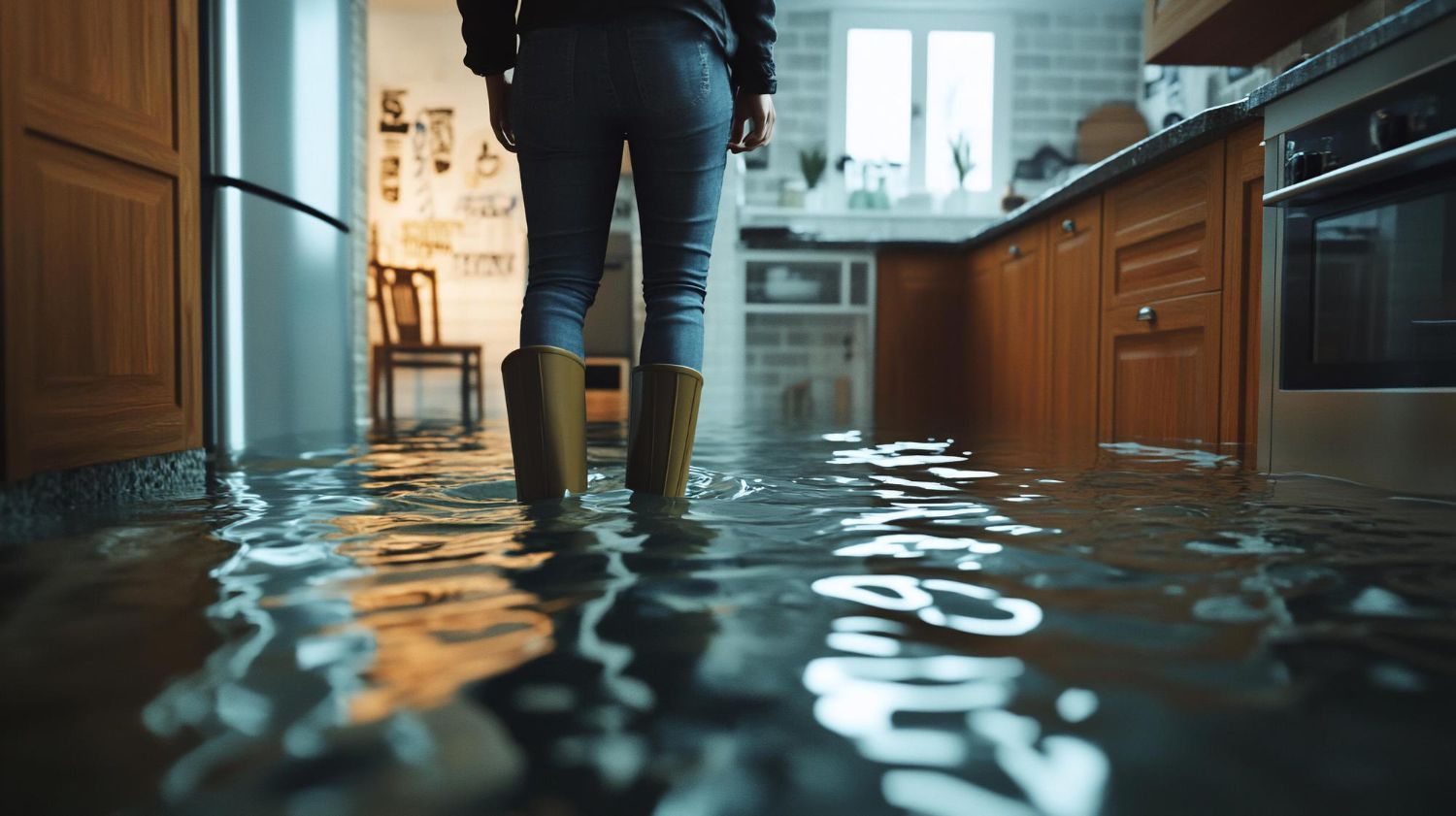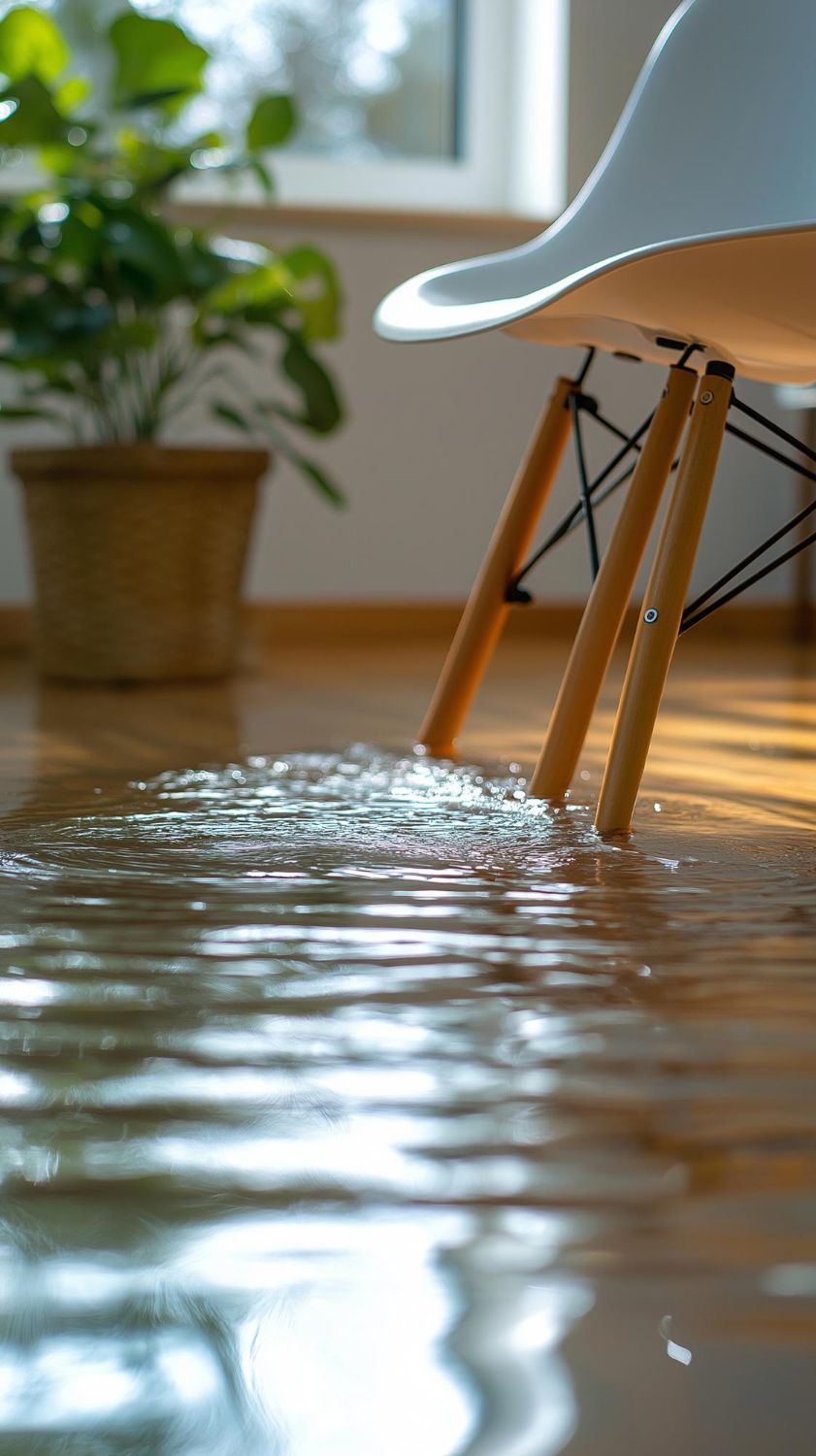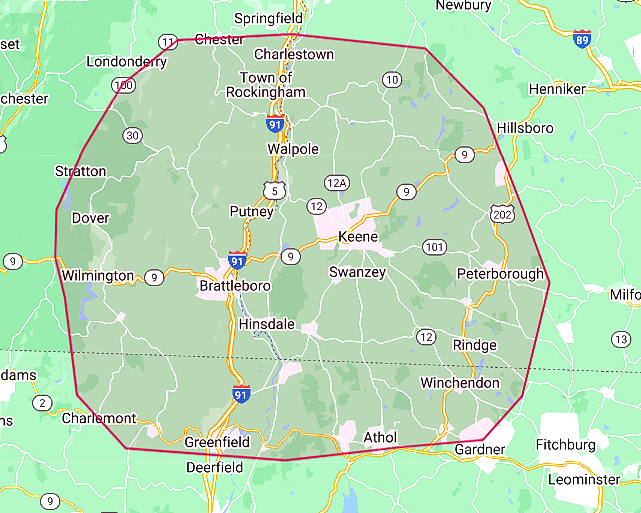When Weather Shifts Take a Toll: How Changing Temperatures Can Cause Pipes to Burst
When Weather Shifts Take a Toll: How Changing Temperatures Can Cause Pipes to Burst -Brattleboro, VT
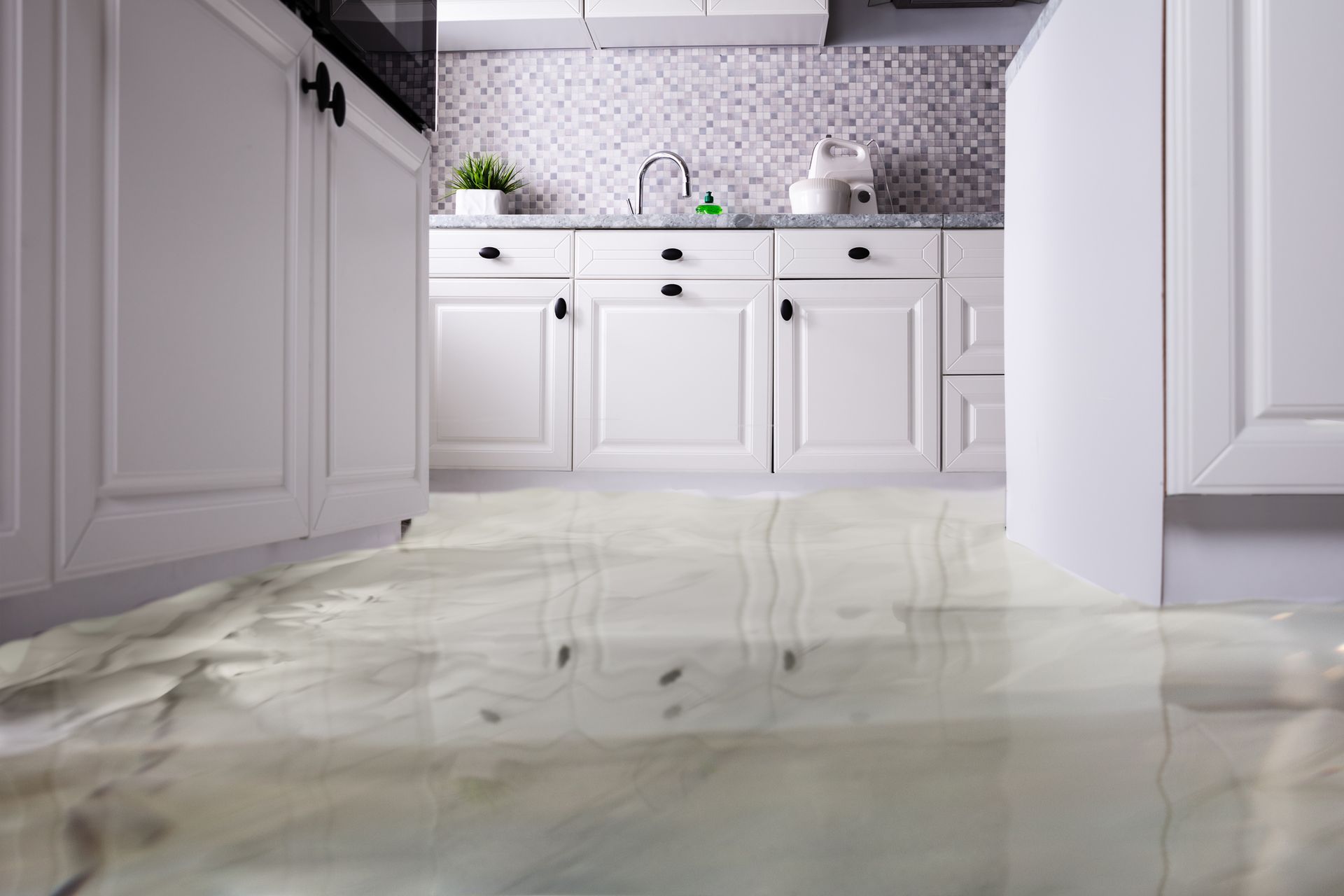
Extreme weather fluctuations, especially during the winter months, can wreak havoc on your home's plumbing system. One of the most significant and costly consequences of these temperature swings is burst pipes. In this blog post, we'll explore how weather changes can cause pipes to burst, the potential damage they can inflict on your property, and how to prevent such disasters from occurring.
The Connection Between Weather Changes and Burst Pipes
- Freezing temperatures: When the temperature drops below freezing, water inside your pipes can freeze and expand. This expansion generates significant pressure within the pipe, which can cause it to crack or even burst. As the ice melts, water will begin to leak through these cracks, potentially causing extensive damage to your property.
- Rapid temperature fluctuations: Quick transitions between freezing and warmer temperatures can cause pipes to contract and expand rapidly. This repeated expansion and contraction can weaken pipe joints and materials, making them more susceptible to bursting.
- Ground movement: Changes in temperature can also cause the ground to expand and contract, putting additional stress on underground pipes. This stress can result in cracks or breaks in the pipes, leading to leaks and water damage.
The Impact of Burst Pipes
Burst pipes can lead to several damaging consequences for your home, including:
- Water damage: A burst pipe can release a significant amount of water into your home, causing damage to walls, ceilings, flooring, and personal belongings.
- Mold growth: The presence of excess moisture from a burst pipe creates an ideal environment for mold growth, which can pose health risks to your family and cause structural damage to your home.
- Foundation damage: If a burst pipe occurs underground, the leaking water can erode the soil around your home's foundation, potentially causing structural problems and costly repairs.
Preventing Burst Pipes in Your Home
- Insulate your pipes: Properly insulating your pipes, especially those located in unheated or exposed areas, can help prevent them from freezing during cold weather.
- Keep your home warm: Maintain a consistent temperature within your home, even when you're not there, to help prevent pipes from freezing.
- Seal gaps and cracks: Inspect your home for any gaps or cracks that may allow cold air to enter and come into contact with your pipes. Seal these openings with caulking or weatherstripping to help protect your pipes from freezing temperatures.
- Allow faucets to drip: During periods of extreme cold, allow your faucets to drip slightly. This can relieve pressure within your pipes, reducing the risk of them bursting.
- Know where your shut-off valve is located: In case a pipe does burst, it's crucial to know where your home's main water shut-off valve is located so you can quickly turn off the water supply and minimize damage.
Conclusion
Changing weather conditions can have a significant impact on your home's plumbing system, and burst pipes are an unfortunate reality for many homeowners. By understanding the connection between weather changes and burst pipes, you can take proactive steps to protect your home from potential damage. Keep your home warm, insulate your pipes, and address any vulnerabilities in your home's exterior to minimize the risk of burst pipes and the costly repairs that can follow. Contact Quality Restoration for your burst pipe restoration needs.
